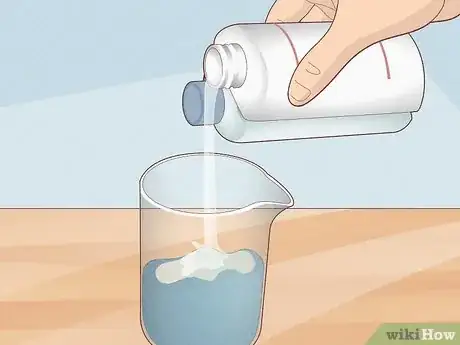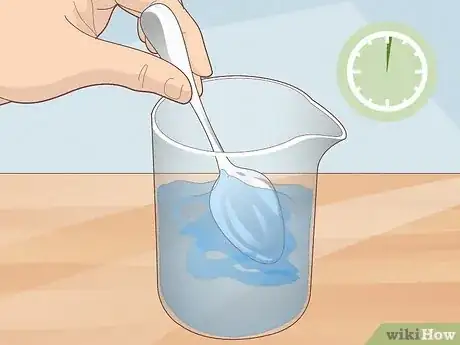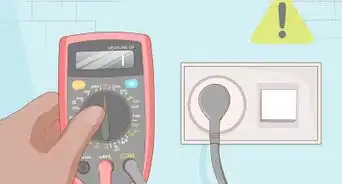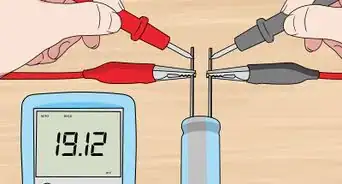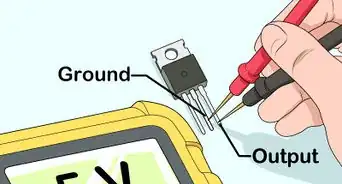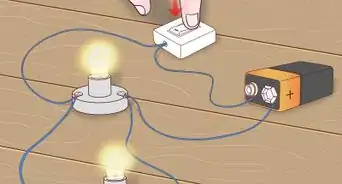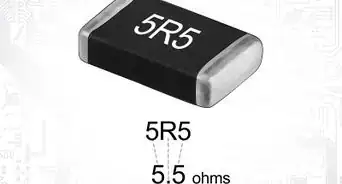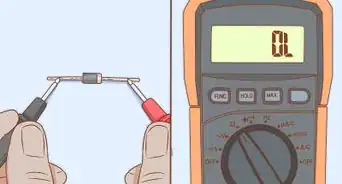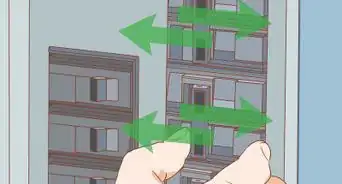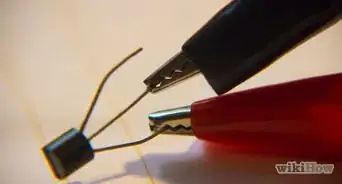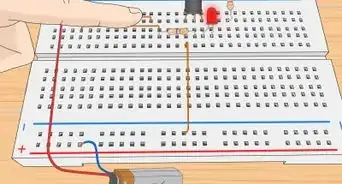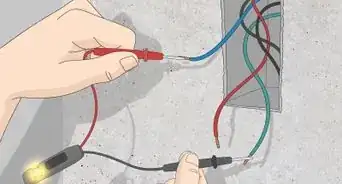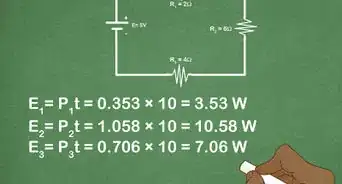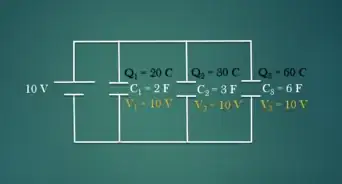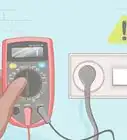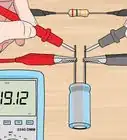This article was co-authored by wikiHow staff writer, Nihal Shetty. Nihal Shetty is a Writer and Editing Fellow at wikiHow who splits his time between Michigan and Mexico City. Before his role at wikiHow, he was an instructor of Russian literature at the University of California, Berkeley. Nihal received a BA in Comparative Literature from Columbia University and an MA in Russian at Berkeley.
There are 9 references cited in this article, which can be found at the bottom of the page.
This article has been viewed 6,555 times.
Learn more...
Electrical gels are incredibly useful, and come in a few different forms. Maybe you’re looking to make an electrode or conductive gel at home, either for medical or cosmetic purposes. Or, maybe you need to use a store-bought electrical gel to waterproof circuitry. In either case, we’ve got you covered. Here’s our complete guide on how to make and use electrical gels.
Steps
Making Electrode or Conductive Gel
-
1Scrape fresh aloe vera out of its leaves. Making your own aloe vera gel is easy—just cut out the outer green skin with a knife, then use a spoon to scrape out the gel inside.[1]
- Keep in mind that fresh aloe vera gel can be stored in the fridge for a maximum of 7 days, so only scoop out as much as you plan on using in the near future. You can also store it in the freezer for up to a month.[2]
- If you prefer to use store-bought aloe vera gel instead, this can work just as well.
-
2Add 1 tablespoon (17 grams) of salt per 0.4 cups (100 mL) of aloe vera. In a liquid, water-based solution (like aloe vera), salt acts as an electric conductor. With a pinch of salt, electrical current can pass through the aloe gel much more easily.[3]Advertisement
-
3Mix the aloe vera and salt together. You can use your hand or a spoon to do this—the aloe vera gel is naturally soft, and should easily mix with the salt. After a few seconds of mixing, your electrode or conductive gel is ready for use.[4]
- You can also use a blender to mix the gel with the salt—just a few seconds should be enough.
- If you are working with oily skin, adding a few drops of shampoo can help the gel attach to skin.[5]
-
4Apply the gel onto skin. For cosmetic electrotherapy, apply the gel to your skin before using your electronic device. If you’re using this gel in order to attach an electrode onto someone’s skin for medical purposes, first sterilize the skin with an alcohol wipe before applying the gel to the skin.[6]
Using Electrical Gel to Waterproof Circuits
-
1Purchase magic power gel. This kind of electrical gel is sold under the brand Raytech, and comes in a few different sizes, as indicated by the product name. Raytech Magic Power Gel 300 is a 300 mL size, while Raytech Magic Power Gel 1000 is 1000 mL. If you’re looking to waterproof multiple containers of electrical components, opt for the larger size—otherwise, the smaller option should do.[7]
-
2Pour the blue liquid into a cup. The Magic Power Gel comes in 2 components—a blue liquid, and a clear liquid, both of equal sizes. Pour out enough blue liquid to fill up your junction box to half the height of the electrical circuitry that you intend to waterproof.[8]
-
3Add the clear liquid into the cup. Pour the clear liquid over the blue liquid in a 1-1 ratio. This means the amount of clear liquid used should equal the amount of blue liquid.[9]
-
4Mix the liquids for about a minute. Use a spoon or other stirring utensil to mix the blue and clear liquids together. The final color of the liquid should be a lighter blue.[10]
-
5Pour the mixture in your junction box. Be sure that you’ve created enough of the mixture to cover all the electrical circuits entirely. This includes any exposed wires or wire splices. If you don’t have enough of the mixture to do this, you may need to create more.[11]
-
6Wait 10 minutes for the gel to form. The liquid mixture will solidify quickly and retain the shape of the junction box it’s poured into. It will eventually have a consistency that’s a bit like gelatin. Unlike gelatin, however, this gel can be pushed on with a finger without its surface breaking. After 10 minutes, your electrical circuits are completely waterproof, and can be placed underwater or underground permanently.[12]
References
- ↑ https://deepgreenpermaculture.com/2020/06/01/how-to-make-aloe-vera-gel-from-fresh-aloe-vera-leaves/
- ↑ https://www.femina.in/beauty/hair/effective-tips-on-using-aloe-vera-for-hair-116362.html
- ↑ https://sciencing.com/diy-electrode-gel-8637886.html
- ↑ https://www.bioshare.info/en/diygel
- ↑ https://www.bioshare.info/en/diygel
- ↑ https://www.interacoustics.com/?view=article&id=1496:tips-for-mounting-electrodes&catid=246
- ↑ https://youtu.be/4wS3Z5-_Ank?t=33
- ↑ https://youtu.be/4wS3Z5-_Ank?t=43
- ↑ https://youtu.be/4wS3Z5-_Ank?t=63






